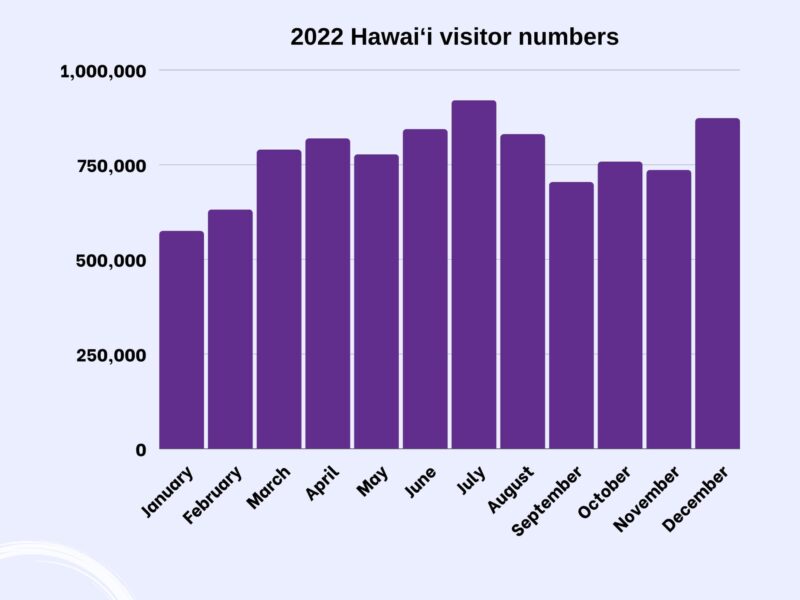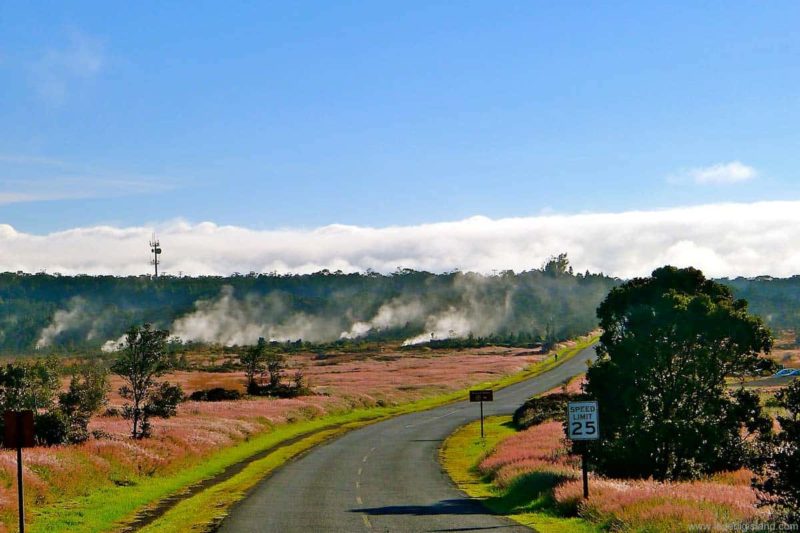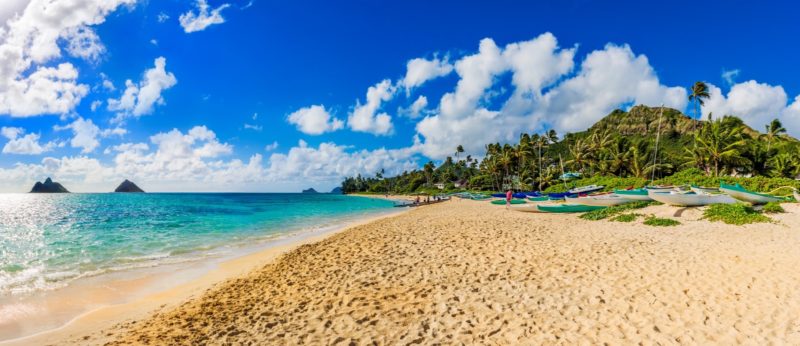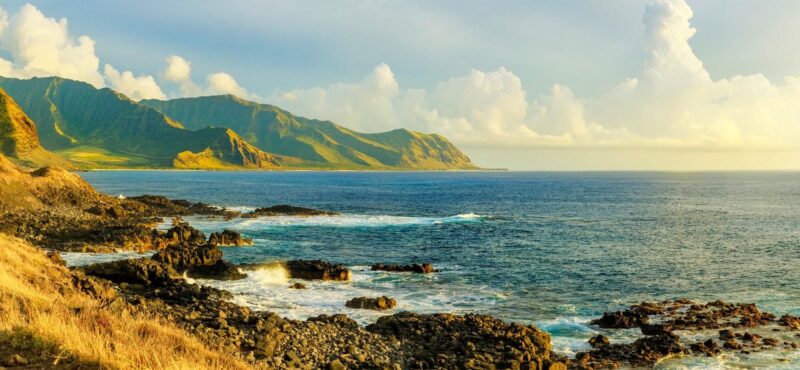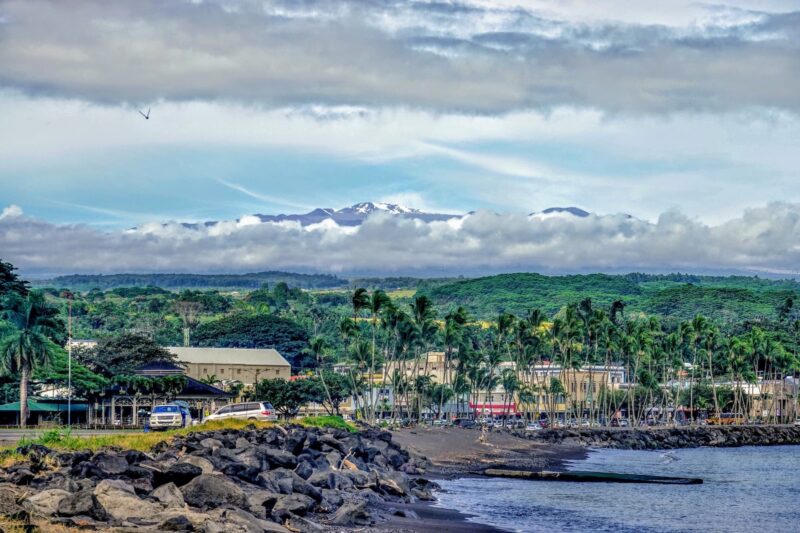Hawaiʻi is a wonderful place to visit, and the entire world knows it. More than 10 million tourists visit each year, leading to times when the islands feel extremely busy, especially in the most popular towns, attractions, beaches, and trails.
So how do you beat the crowds in Hawaiʻi? Knowing when to travel to the islands is a great start. And with some basic local knowledge, you can learn the best strategies for visiting high-volume attractions, or less-crowded alternatives where you can enjoy a similar experience.
Table of contents
- When is Hawaiʻi most crowded?
- 5 common-sense tips on how to avoid the crowds
- How to skip the crowds at the most popular destinations
- Alternatives for tourist hot-spots
Table of Contents
- When is Hawaiʻi most crowded?
- 5 common-sense tips on how to avoid the crowds
- How to skip the crowds at the most popular destinations
- Alternatives for tourist hot-spots
When is Hawaiʻi the Most Crowded?
To start, let’s take a month-by-month look at the number of visitors to the islands in 2022:
Looking at these numbers, we can see that the summer months of June, July, August are very busy. December is also a popular month due to the holidays/winter break, as well as March and April during spring break.
January and February are much less busy, as are the months of September, October, and November.
General Strategies for Avoiding Crowds in Hawaiʻi
There are some general rules in Hawaiʻi that will help you avoid the crowds.
- Visit places early or late. A good rule of thumb is to avoid visiting places in the middle of the day, which tends to draw the most activity. Get up early and beat the rush, or stay patient and visit once the crowds have left. This rule applies to a wide variety of places, including beaches, hikes, snorkel spots, and museums. Visiting early is imperative at certain popular places, like Hanauma Bay.
- Keep an eye on school holidays. As we saw above, visitors flock to Hawaiʻi during the summer months when the kids are out of school. Local families have more flexibility during this time, too, resulting in larger crowds just about everywhere. Winter and spring breaks are also busy times of year.
- Avoid weekends. You may not be keeping track of the days while on vacation, but remember that locals will be out in much greater numbers on Saturdays and Sundays, especially during the school year. Plan accordingly by visiting the most popular areas on a weekday.
- Don’t stay in the flagship town. Destinations like Waikīkī, Lāhainā, and Kailua-Kona are notoriously busy during the summer and holiday seasons. Avoid the hustle by choosing to make your home base in another part of the island, such as the North Shore (Oʻahu), Upcountry (Maui), or Hilo (Big Island), where there are less accommodation options and, thus, less people.
- Visit a neighbor island. Oʻahu is by far the most-populated and most-visited island, with a local population of about 1 million people. Maui can also feel really crowded in its resort areas. The simple act of visiting a neighbor island, such as the Big Island or Kauaʻi, will naturally put you in a less-dense environment with a smaller population.
Tips for Visiting Hawaiʻi’s Most-Popular Destinations
Here are some of the islands’ most popular destinations and some tips for how to navigate the crowds.
Pearl Harbor
Advice: Go at 7 a.m.
People may wake up early in Hawaiʻi, but they like to wake up slow. Reserve an 8 a.m. ticket time for the Arizona Memorial movie and boat ride (the earliest time available) but arrive at 7 a.m. to go through the Road to War and Attack Museums prior to the Arizona experience. This will ensure you beat the heavier mid-morning/mid-day crowds. Things are usually nice and calm in those early hours, and that’s the way you want to experience Pearl Harbor.
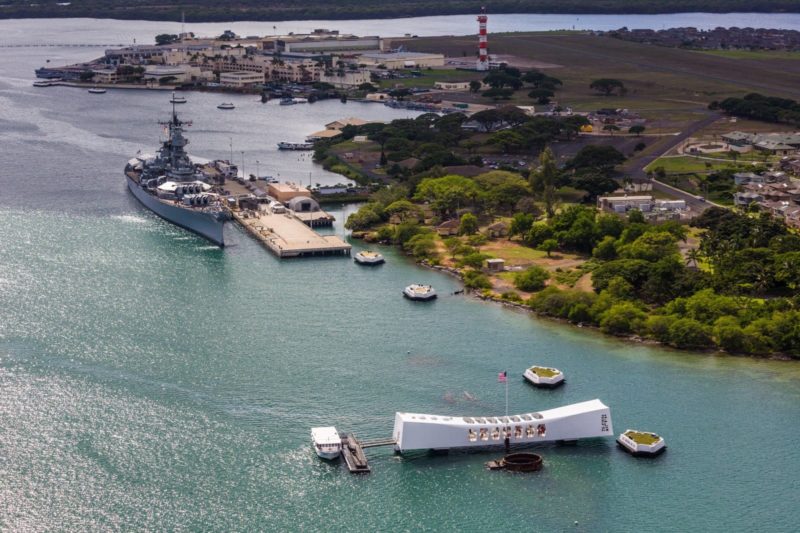
Battleship Missouri and USS Arizona memorials in Pearl Harbor. Credit: Hawaii Tourism Authority (HTA) / Tor Johnson
Road to Hāna
Advice: Go on a rainy day.
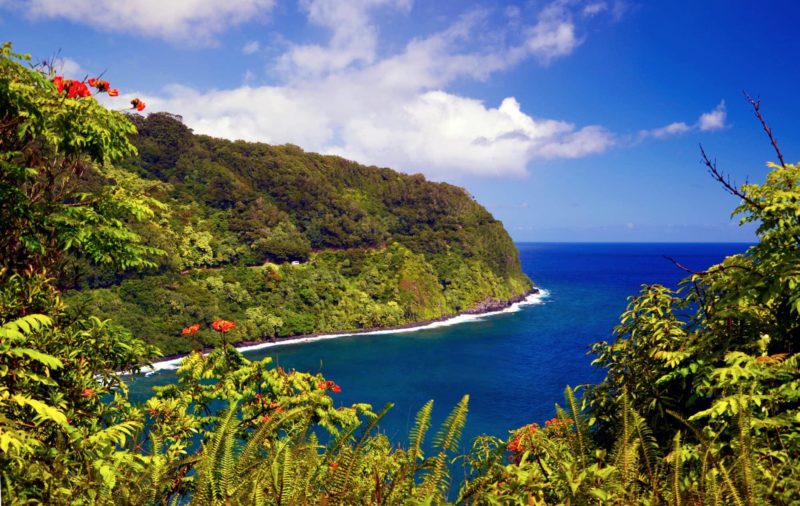
The scenic Road to Hana is the undisputed number one attraction on Maui. Image credit: Benoit de Chastenet, source.
Say what? A rainy day?
If you want to beat the crowds, it’s one of the best options. The Road to Hāna is a daily attraction and will be busy most times of the year, but visitors will definitely plan their adventures around the weather. Families, for example, are less likely to make the journey when it’s raining. Even if they do get in the car and drive the road, they most likely won’t get out of the car as much. This leaves many of the trails and waterfalls less crowded. And since that side of the island is almost entirely made up of rainforests, what’s a little rain?
Bring rain gear (ponchos, towels, etc) and a pair of boots you don’t mind getting muddy.
Waikīkī
Advice: Stay on the east side of Waikīkī.
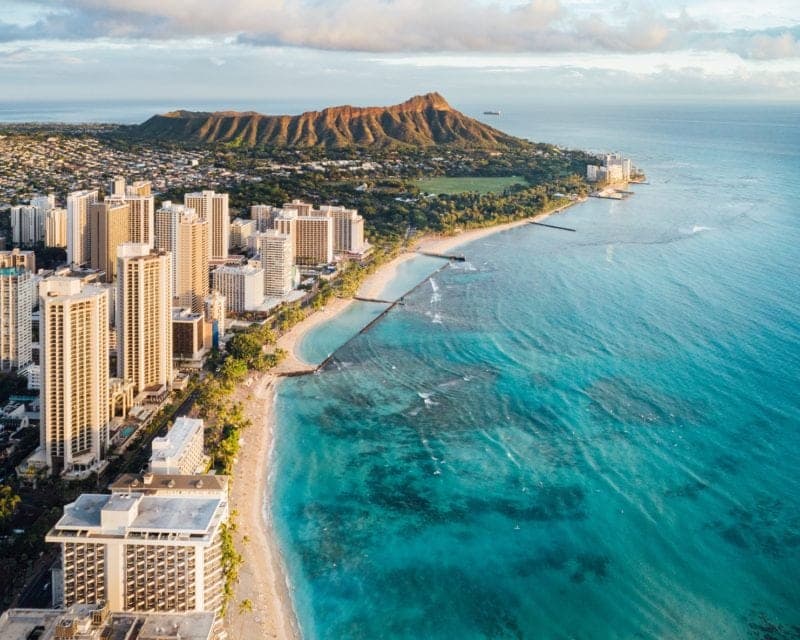
Waikiki Beach with Leahi (Diamond Head) in the background. Credit: Hawaii Tourism Authority (HTA) / Vincent Lim
Waikīkī is known for its seaside bustle, and it’s the most crowded place in all the Hawaiian Islands. But, some areas provide a little more relief than others. The western portion of Waikīkī is extremely dense, like a major city, while the east side of Waikīkī sports a shoreline that is less developed (i.e. no skyscrapers built directly on the shoreline), and easy access to a massive green space (Queen Kapiʻolani Park) that makes the area feel more local and spacious.
No place in Waikīkī will be without humans, but by staying on the east side, you give yourself a little more breathing room and easier access to open space.
Hawaiʻi Volcanoes National Park
Advice: Embrace the absence of lava
Of course, we all want to visit the Kīlauea Volcano when it’s erupting to see lava in person. However, the presence of lava also means the presence of large crowds. Even if there is no lava flowing, the National Park is still a site to see, and visitation often takes a dip immediately following an eruption – a great time to find yourself on the hiking trails.
Nāpali Coast (Kauaʻi)
Advice: Book early
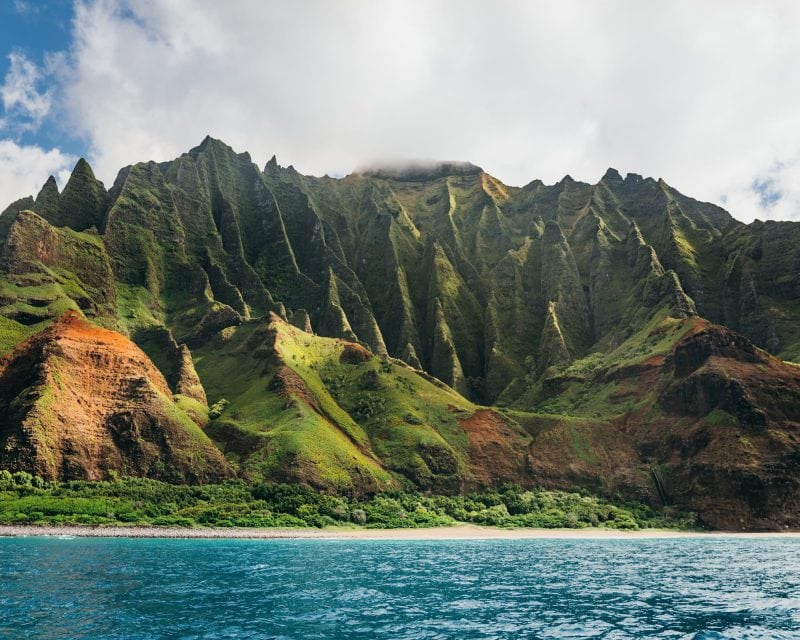
The Nāpali coast seen from the water is one of the iconic images Kauaʻi is famous for. Credit: Hawaii Tourism Authority (HTA) / Vincent Lim
Once a free-for-all, the Nāpali Coast is now one of the most regulated areas in all the Hawaiian Islands. Parking permits need to be purchased in advance, as do entrance fees to some of the beach parks, including access to the Kalalau Trail. This reservation system helps to mitigate the crowds, and the new shuttle system allows you to skip the drive altogether. But the new challenge is getting the reservations on the day and time you want them, as spots tend to fill up fast.
To ensure you “beat the crowds” and get what you want, we recommend booking your time on Kauaʻi’s north shore well in advance.
Alternatives to Hawaiʻi’s Most-Crowded Destinations
Places are popular for a reason, so it’s no surprise that many people will be drawn to certain areas of the islands. Some places, like Pearl Harbor, cannot be replicated. But with others, you can often find similar experiences elsewhere, in less-crowded areas.
Below, we provide some suggestions for alternative places to visit.
- Instead of Waikīkī, Visit the East Side (Oʻahu)
- Instead of Diamond Head, Hike Kaʻena Point (Oʻahu)
- Instead of the Road to Hāna, Drive Northwest Maui (Maui)
- Instead of Poʻipu Beach, Visit Polihale (Kauaʻi)
- Instead of Kona, Stay in Hilo (Big Island)
Instead of Waikīkī, Visit the East Side (Oʻahu)
Drive just 30 minutes across the Koʻolau Mountains to escape the big city and experience the small towns of Oahu’s eastern side, including Kailua, Waimānalo, and Kaneohe. With limited lodging, these towns are very local, and while they aren’t undiscovered, you can still find open slices of sand at various local beaches (Waimānalo, Kalama), plus world-class gems like Lanikai, Kailua, and Makapuʻu beaches (see all popular Oʻahu beaches here).
Instead of Diamond Head, Hike Kaʻena Point (Oʻahu)
The Diamond Head hike has become so popular that one now needs a reservation to climb it. If you’re looking for something different, head on up to the North Shore and explore Kaʻena Point. This coastal hike provides wonderful views and ends at a seabird sanctuary at the far northwest point of the island. The area recently celebrated its 40th anniversary as a protected area and is currently being considered as a National Heritage Site. There is much to see in the area, including seabird nests, tide pools, small beaches, and views of the Waiʻanae Range.
Instead of the Road to Hāna, Drive Northwest Maui (Maui)
The Road to Hāna is well traveled, drawing many crowds and difficult parking scenarios at many points of interest. Don’t sleep on another Maui scenic drive that winds its way along the northeast and northwest coasts. Take the Kahekili Highway from Kahului to the northwest and follow it along the coast to various lookouts and trailheads, including Waiheʻe, Olivine Pools, the ʻOhai Trail, the Nakalele Blowhole, Acid War Zone Trail, and more.
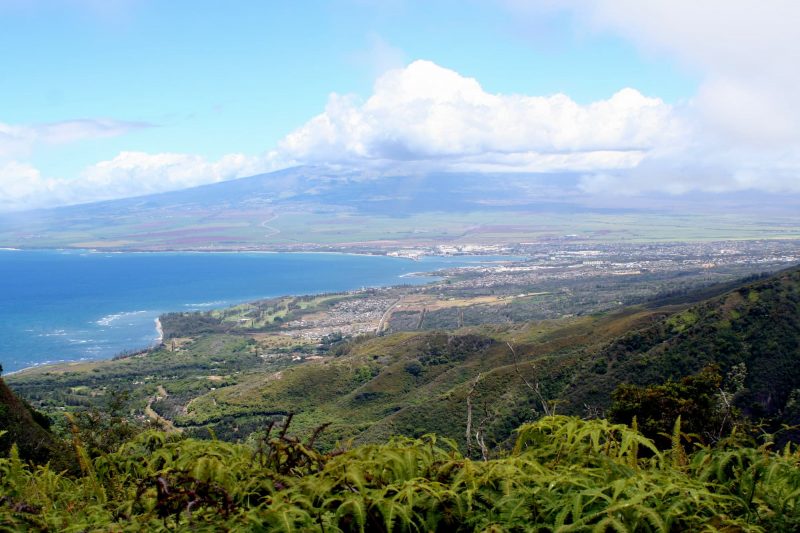
Haleakala from Waihee Ridge Trail. Image credit: Cassi Gurell, source.
Instead of Poʻipu Beach, Visit Polihale (Kauaʻi)
Poʻipu is the main hub for visitors on Kauaʻi. Because there are so many accommodations nearby, the beaches on Kauaʻi tend to fill up fast. Consider making the drive farther south to one of the island’s most isolated beaches, Polihale State Park.
Located far away from everything on the southwest coast, Polihale is a beautiful, long, white-sand beach that takes some effort to reach, and thus, tends to stay relatively manageable in terms of crowds. Helping keep it that way is that you often need a 4×4 vehicle to reach the beach due to deep sand (recommended but not required). If you make the journey, you’ll be rewarded.
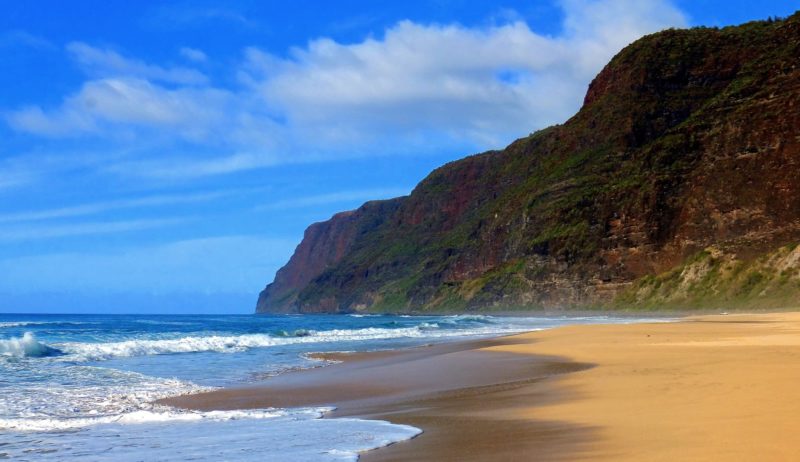
Polihale State Park is a remote wild beach and a great choice for those people seeking isolation. Image credit: K E V I N, source.
Instead of Kona, Stay in Hilo (Big Island)
Kailua-Kona is the hub of hotels and most tourism offerings on the Big Island due to its location on the sunny west coast and myriad restaurants, bars, and shops.
Too much for you? Consider staying on the other side of the island in Hilo.
There is much less fanfare, and thus less crowds, with limited lodging and very little tourism infrastructure that ensures the feel of Hilo remains calm and local. There are great restaurants (Hilo Bay Cafe/Pesto Cafe), pleasant beaches (Richardson’s), and plenty of points of interest nearby (Kaumana Caves, Rainbow Falls). It’s also a great jumping-off point for Hawaiʻi Volcanoes National Park and a road trip up the Hamakua Coast, where you’ll find Waipiʻo Valley, ʻAkaka Falls, and other adventures.
